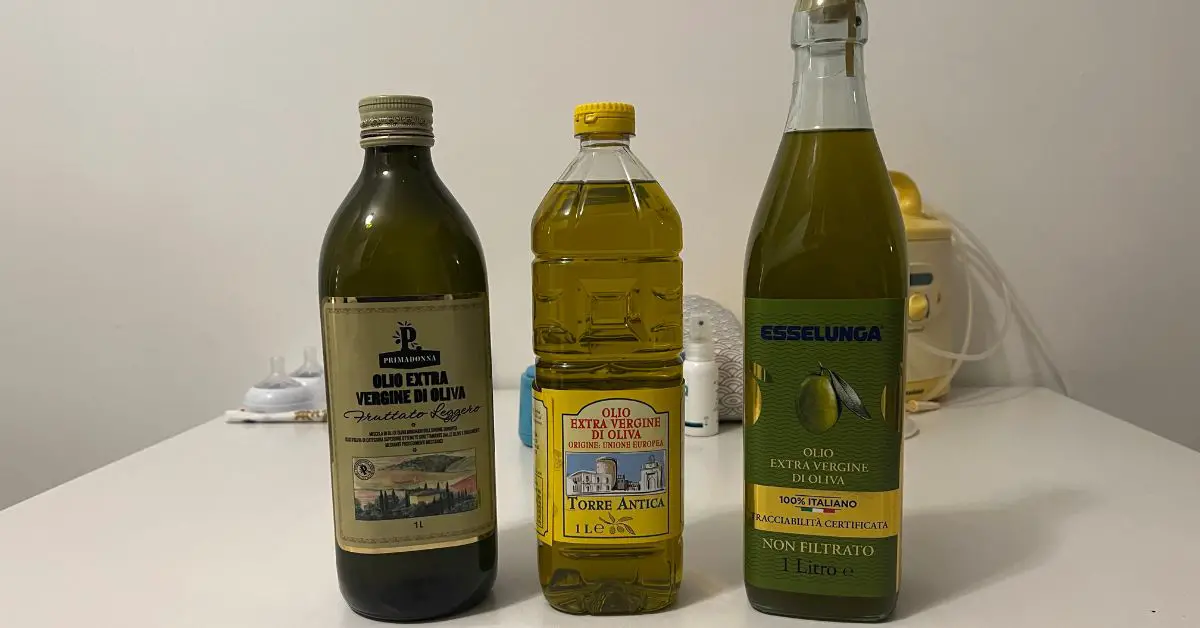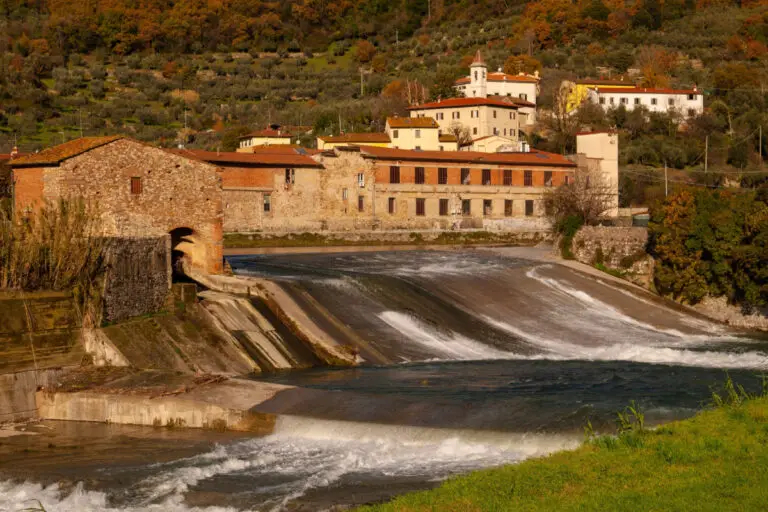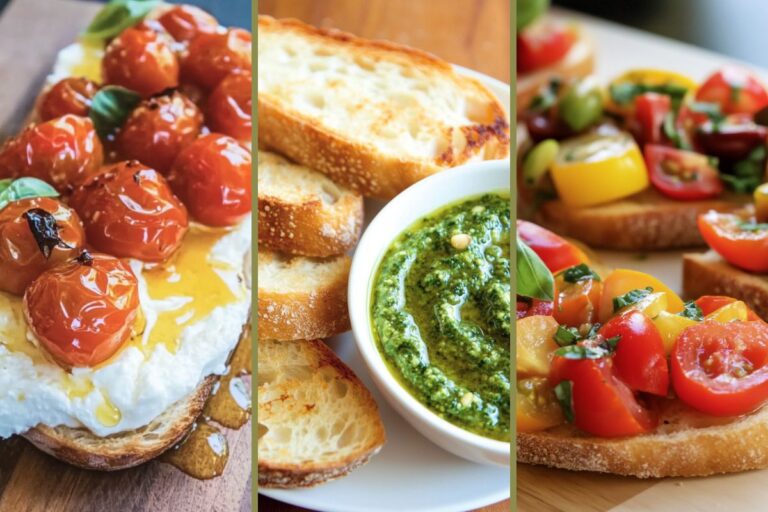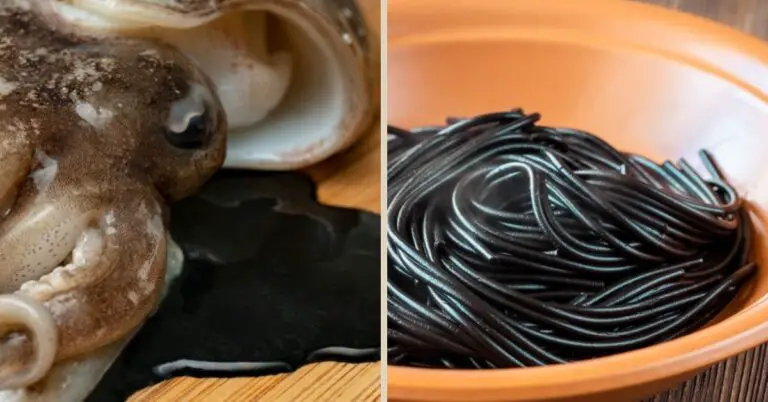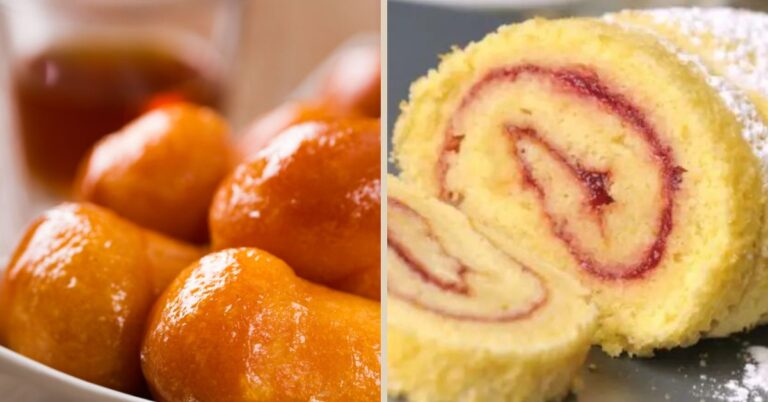Italy is the largest consumer of olive oil in the world, followed by Spain and the U.S., it is no secret that Extra Virgin Olive Oil is one of the staples of our cuisine, but not everyone is able to recognize the differences between a simple olive oil and extra virgin olive oil.
Given the considerable difference in cost and characteristics of these two oils, it is worth understanding right away what makes them so different, except for the word “Extra Virgin.”
- Extra virgin olive oil, aka E.V.O.O., is obtained exclusively through the pressing of olives using mechanical processes, which allows all the properties of the olive to be retained. Often abbreviated as EVOO, it is purer and has clear chemical and organoleptic characteristics: color, smell, texture, and acidity, for example, oleic acid must remain below 0.8 grams per 100 grams.
- Olive oil is made from a blend of refined olive oils and virgin olive oils. Through the refining of virgin olive oil, thus using solvents or adjuvants with chemical or biochemical action, or from the blend of virgin olive oils and refined olive oils.
Extra virgin olive oil is always present in the kitchen of Italians as it can enhance any food, below I will also explain how to recognize it and what to look at on the oil bottle to buy the best quality one.
As you may have guessed extra virgin oil is a higher quality food than plain olive oil, so their use in cooking will also be very different, below I will explain everything.
Do Italians cook with olive oil or extra virgin olive oil?
In this case, the answer is not univocal, there are quite a few Italians who when they have to use oil for cooking, put a simple “non-extra virgin” olive oil in the frying pan, while for raw seasoning they use the more expensive and healthy extra virgin olive oil.
So in their homes Italians often use EVOO oil even in frying, they keep two types of oil bottles in the house, one with high quality and more expensive EVOO oil, intended for seasoning raw foods, and another one with a cheaper “non-extra virgin” just for cooking, thus subjecting it to the heat of the stove.
Many other Italians, on the other hand, prefer to use extra virgin olive oil, both for cooking in the frying pan and for frying. This is because extra virgin olive oil turns out to be healthier because the content of antioxidants does not decrease excessively by heating this type of oil.
In fact, once we choose a quality oil, it is important to pay attention to the temperatures to which we subject it. When cooked at too high a temperature, the structure of the oil changes, tending to lose more and more nutrients.
Properly cooked oil loses some of its nutritional properties, but it does not become harmful or more caloric.
Do Italians use oils other than olive oil for cooking or seasoning?
Italians tend to use olive oil for both cooking and seasoning. In fact, olive oil is the most frequently used and produced in large quantities, although there are alternatives such as butter, sesame oil, or flaxseed oil.
Do Italians use oil to replace butter?
In recent years, when it comes to cooking Italians tend to replace butter with extra virgin olive oil, especially for baking prepararions. EVOO oil makes it possible to create more versatile and lighter dishes and is perfect for those on a vegetarian diet.
How many types of Olive Oil exist in Italy?
The different types of olive oil are distinguished mainly by their composition and the processing method required to produce them. Here in Italy we distinguish extra virgin olive oil, virgin oil, lampante oil, and olive-pomace oil. Plus there are organic oils that add, thanks to the producers’ responsible approach, an additional degree of quality.
- Extra virgin olive oil
Extra virgin olive oil, is the highest quality oil and is regulated by the European Regulation EEC No. 2568 /91, which establishes its main characteristics. First of all, it should be known that its extraction should be done only by mechanical means, that is, by pressing, usually done with stone mills. In addition, the temperature of extra virgin olive oil should never exceed 27 °C in order not to alter its composition and shelf life.
- Virgin olive oil
Virgin olive oil, on the other hand, is obtained as a second processing of the pulp obtained during the pressing of extra virgin oil. In fact, not all olive oil is obtained directly by dripping, or by squeezing the olives, but other mechanical interventions may be necessary to free it from the paste. In fact, centrifuges and settling tanks are used to ensure that the oil trapped in the paste can be extracted without altering its characteristics. Virgin olive oil is obtained from these techniques.
- Lampante oil
Then there is the so-called lampante olive oil, which owes its name to the fact that in past centuries it was used to fuel lamps. This is a product with an oil acidity of more than 0.8 percent and various organoleptic defects, including a distinctly unpleasant taste. Within certain limits, lampante olive oil is still edible, but it is not considered suitable for human consumption as is. Usually, certain chemical and physical processes are carried out to make lampante oil of better quality. This is done by trying to eliminate residual acidic components, through filtering and purification with catalysts that precipitate the saponifiable components of the oil, lightening it.
- Pomace oil
Turning instead to pomace oil, this is a decidedly low-profile product that is made by reprocessing the pressing pulp, known as “sansa” or pomace. When in fact virgin olive oil has been obtained, there is still a fair amount of residual oily substance left within the solid part. This cannot be refined by simple physical and mechanical means. When filtering and centrifugation are not sufficient, then an extraction by catalysts and chemical means is performed, from which pomace oil is extracted.
Why do Italians get angry if olive oil is wasted or dropped?
Some Italians, who are particularly superstitious, get angry when olive oil falls on the ground or is wasted. The motivation goes back to ancient times when olive oil was considered a precious and laborious food to produce, called “yellow gold” and its fall represented an omen of unfortunate events.
This superstition has accompanied Italians throughout the centuries, and the accidental loss of oil, even in the present day, remains a symbol of misfortune. Try never to spill even a drop of oil out of the dish!
I remember as a child assisting my grandmother when she poured oil from a large demijohn into other smaller bottles, and she would say, “Be careful not to spill it out, this is Gold!“.
Is it customary in Italy to give a bottle of EVO oil as a gift?
In Italy, it is becoming increasingly popular to give a bottle of extra virgin olive oil as a gift, as if it were a bottle of fine wine, it can be given as a wedding favor or as a present to take to a dinner invitation. In fact, oil is considered a very precious commodity and symbolizes peace and harmony; to give it as a gift is to wish for wealth and prosperity.
What is the best brand of extra virgin olive oil in Italy?
When it comes to choosing the best oil on the market in Italian supermarkets, it can be very difficult given the wide variety of brands that produce EVOO oil.
Altroconsumo magazine conducted research on the best extra virgin olive oils, which can be bought at the supermarket related to the year 2021 and drew up a ranking that I now bring you below, obviously in pole position we find only 100% made in Italy oils:
- In the first place, we find Monini Bios, 100% Italian organic, an average price of 11.12 €/l.
- In second place Clemente la Terra dell’olio, 100% Italian (9.32 €/l).
- In third place with the bronze medal is Carapelli Bio (8.14 €/l).
How do Italians choose their EVOO oil?
Let’s talk now about choosing extra virgin olive oil, whether you are in Italy right now or in your home country, there are universal parameters for judging the goodness of an extra virgin olive oil that will help you choose the best one.
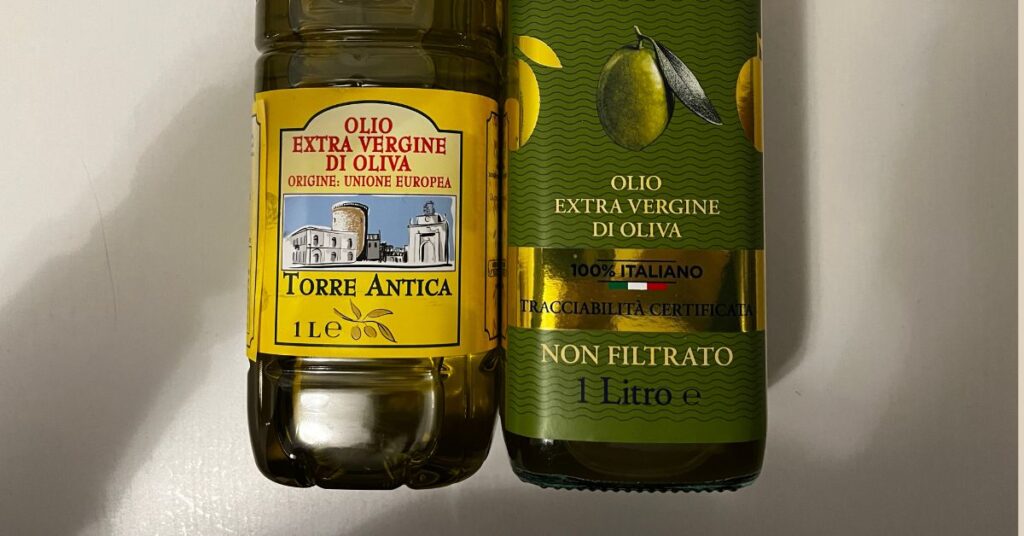
The first aspect to consider when choosing a good olive oil is its acidity, which indicates the amount of free fatty acids in 100 grams of oil, the value should not be more than 0.8 percent. But this figure is often not expressed on the label, so let’s talk about the characteristics we can see on the bottle label.
- The year of harvest is important in assessing quality: the younger the oil, the more it will count on greater flavor and health-beneficial components than others from previous years.
- The origin of the olives is important, in fact, many bottles of oil for sale even in Italy contain oil pressed from olives from other countries in Europe, if you are looking for quality check on the label that the olives used are harvested and pressed in Italy.
- Also on the label, you can check that the oil was pressed solely by mechanical processes. The phrase “pressed solely by mechanical procedures” encapsulates the reason for the uniqueness of extra virgin olive oil, in fact, it is the only oil extracted only by pressing the fruit. All other oils on the market, are extracted through chemical processes.
- Whether it is “unfiltered,” unfiltered oil is that oil which, after the first pressing of the olives, does not undergo any kind of process such as filtration and is directly packaged in the appropriate containers immediately after the final stage of pressing the olives themselves, ready for retail sale. This does not happen in filtered oil as the microparticles are eliminated precisely by the filtration process, which allows the product to better preserve, over time, its organoleptic qualities, but it loses in taste.
- Another aspect to consider is coloration, which ranges from light yellow to dark greenish. In general, freshly ground oils tend to have a more intense green coloration, which fades over time; those with a more intense, cloudy coloration are the most recommended.
- Be careful not to be fooled by the bottle design, which is not synonymous with quality. The best material for storing oil is glass, preferably dark, to ensure protection from sources of heat and light. This is why many bottles of EVOO oil for sale in stores are often darkened or wrapped in something that prevents a direct exposure to light.
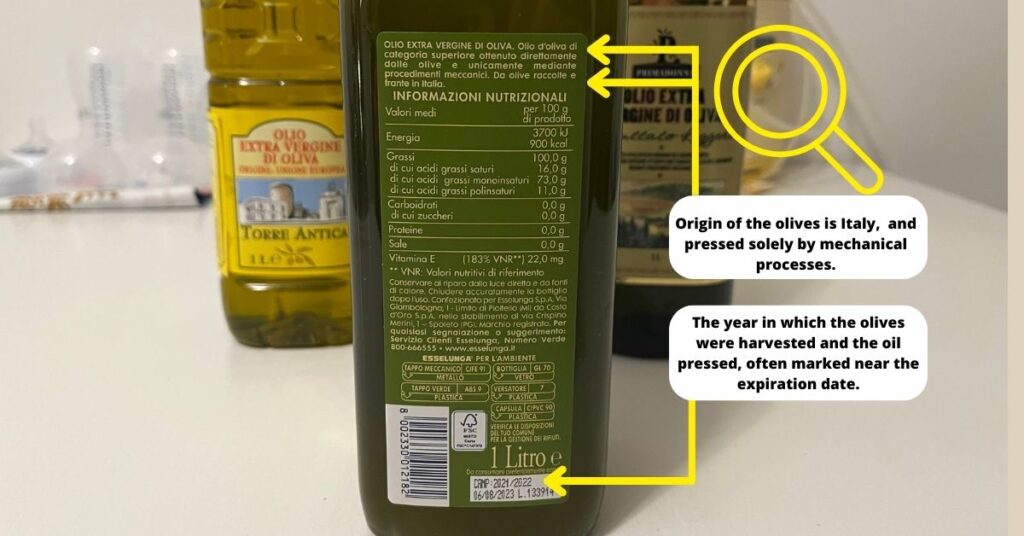
Why do Italians put olive oil on everything?
Italy offers an incredible variety of olive oils with different flavors and scents, which are perfectly adapted to and married with different types of dishes and uses in the kitchen: oils with a robust flavor and full-bodied texture, slightly spicy oils, oils with a rich, round flavor, or even delicate oils.
Italians use olive oil on almost all dishes because it has the ability to make any dish unique with its flavor and nuances, which is why it is often used “a crudo” or raw, to season ready-made dishes such as pasta, pizza, a salad, a slice of meat and many other dishes.
If you have ever been to Italy, you may have noticed that both restaurants and Italians at home always put the oil bowl on the table when it is time to eat, this habit stems precisely from the fact that almost every dish, from the first course to the main course to the side dish, may need “a drizzle of oil,” as we say here in Italy.
Personally, if I am in front of a bottle of Extra Virgin Olive Oil that seems particularly good to me, even if I am in a restaurant, I pour some on my plate and taste it with a small piece of bread, the best way to taste in purity a good Italian oil.

